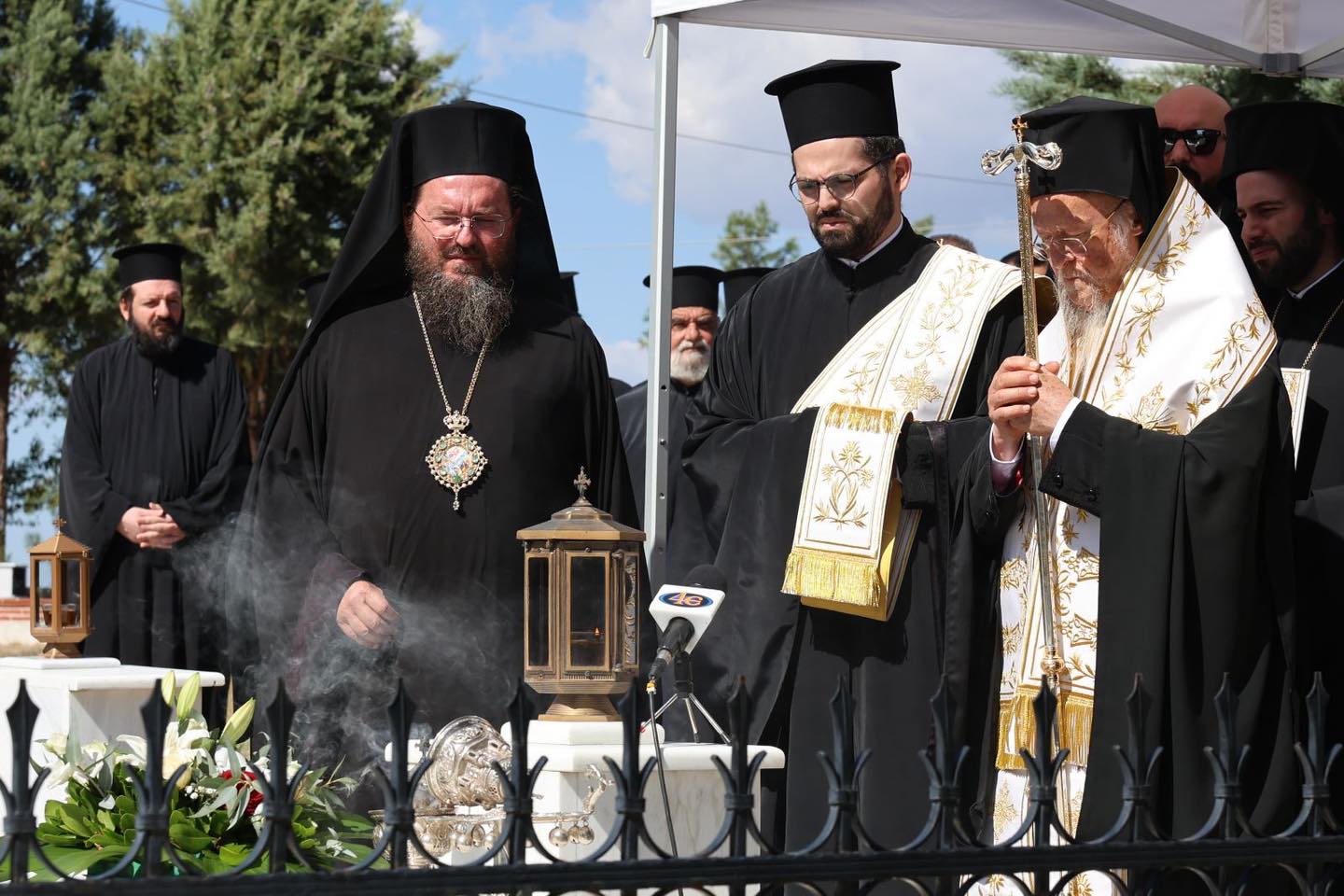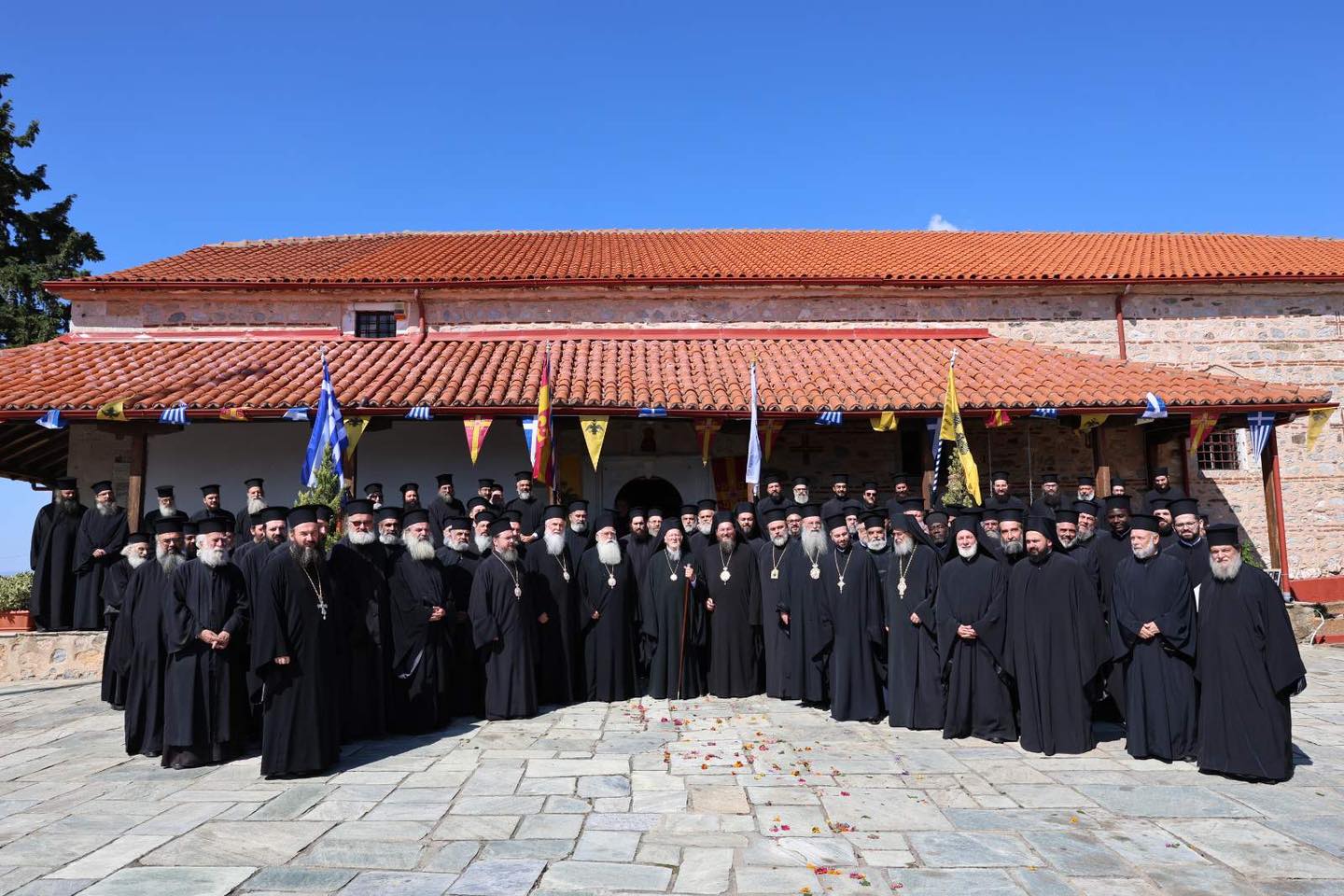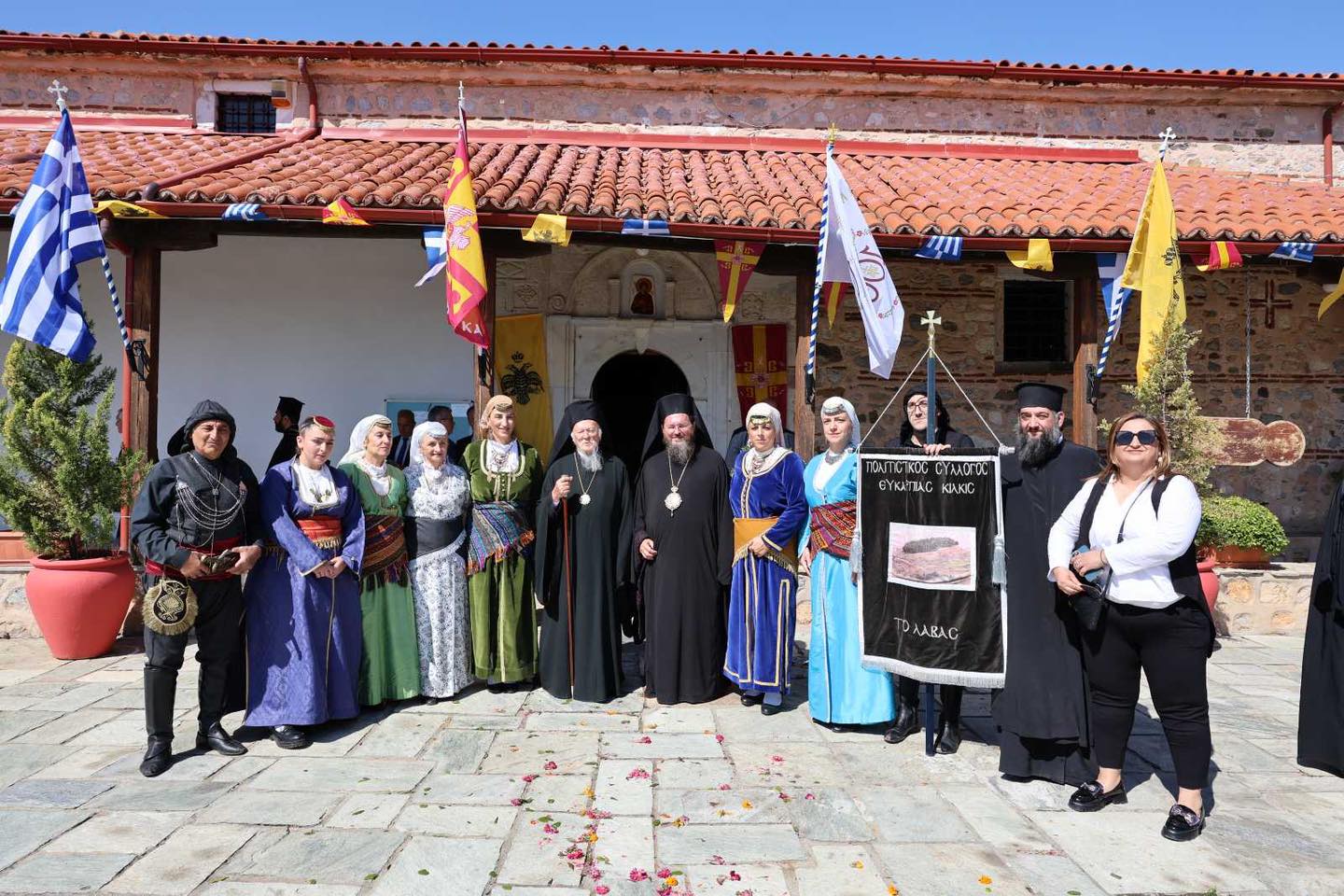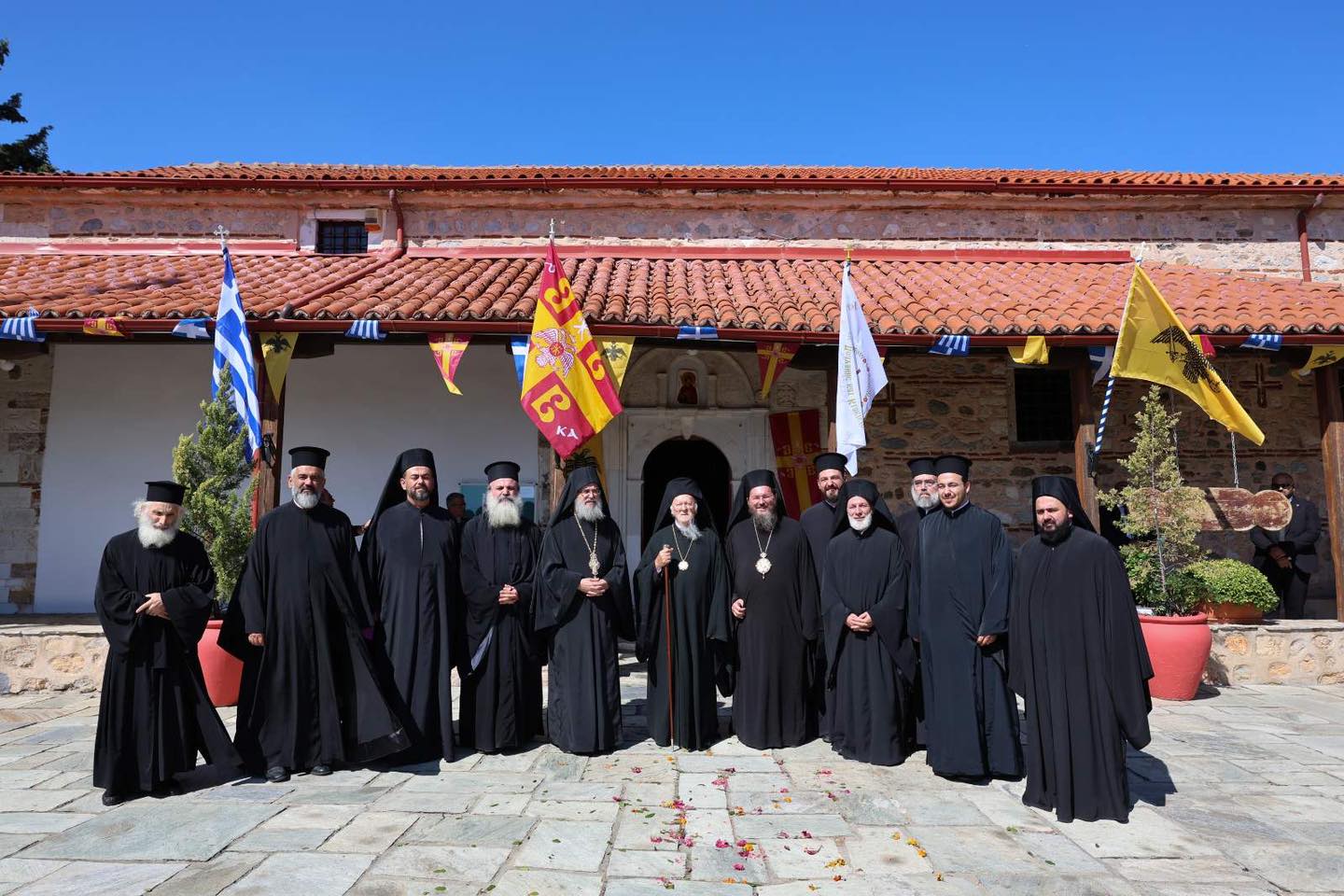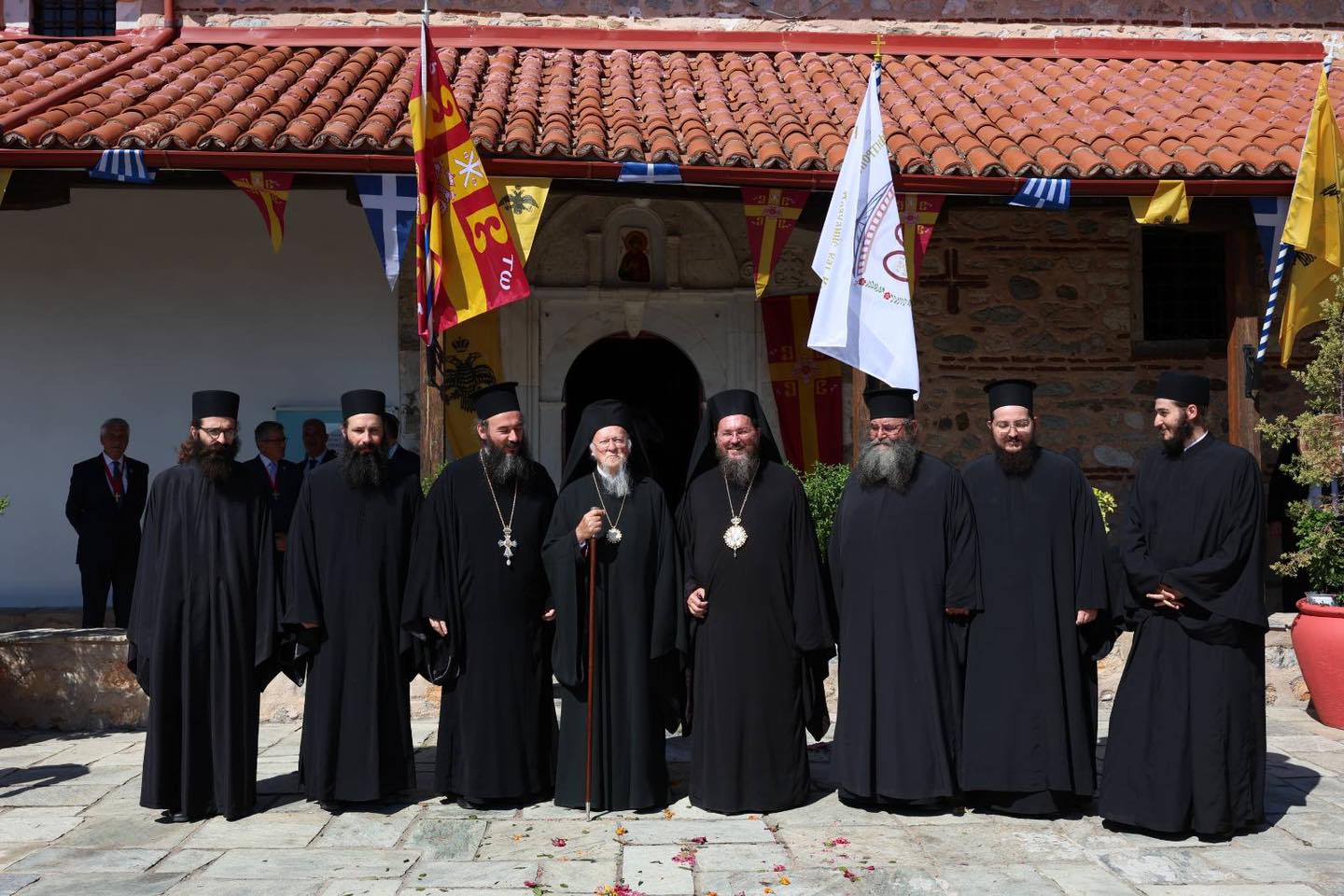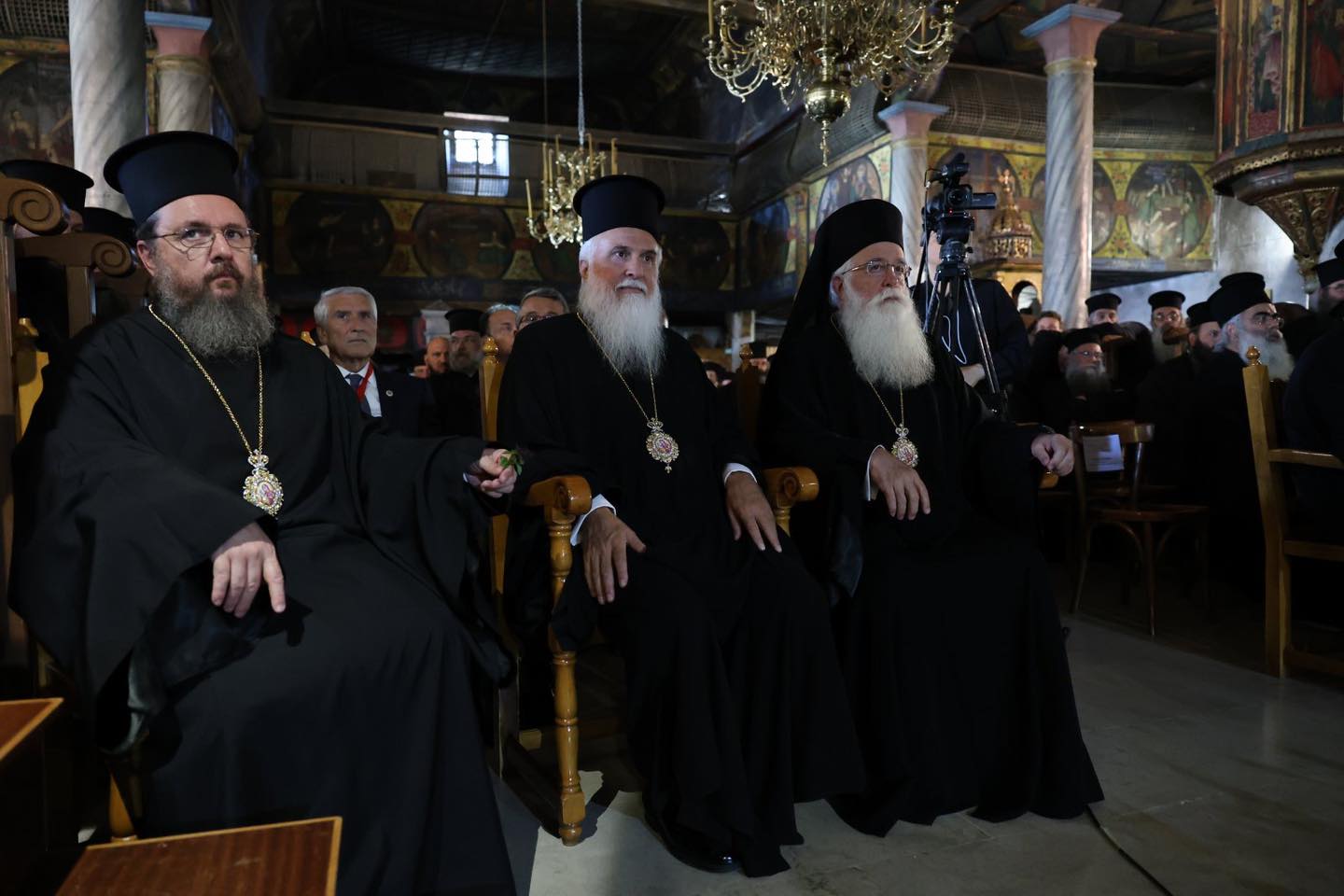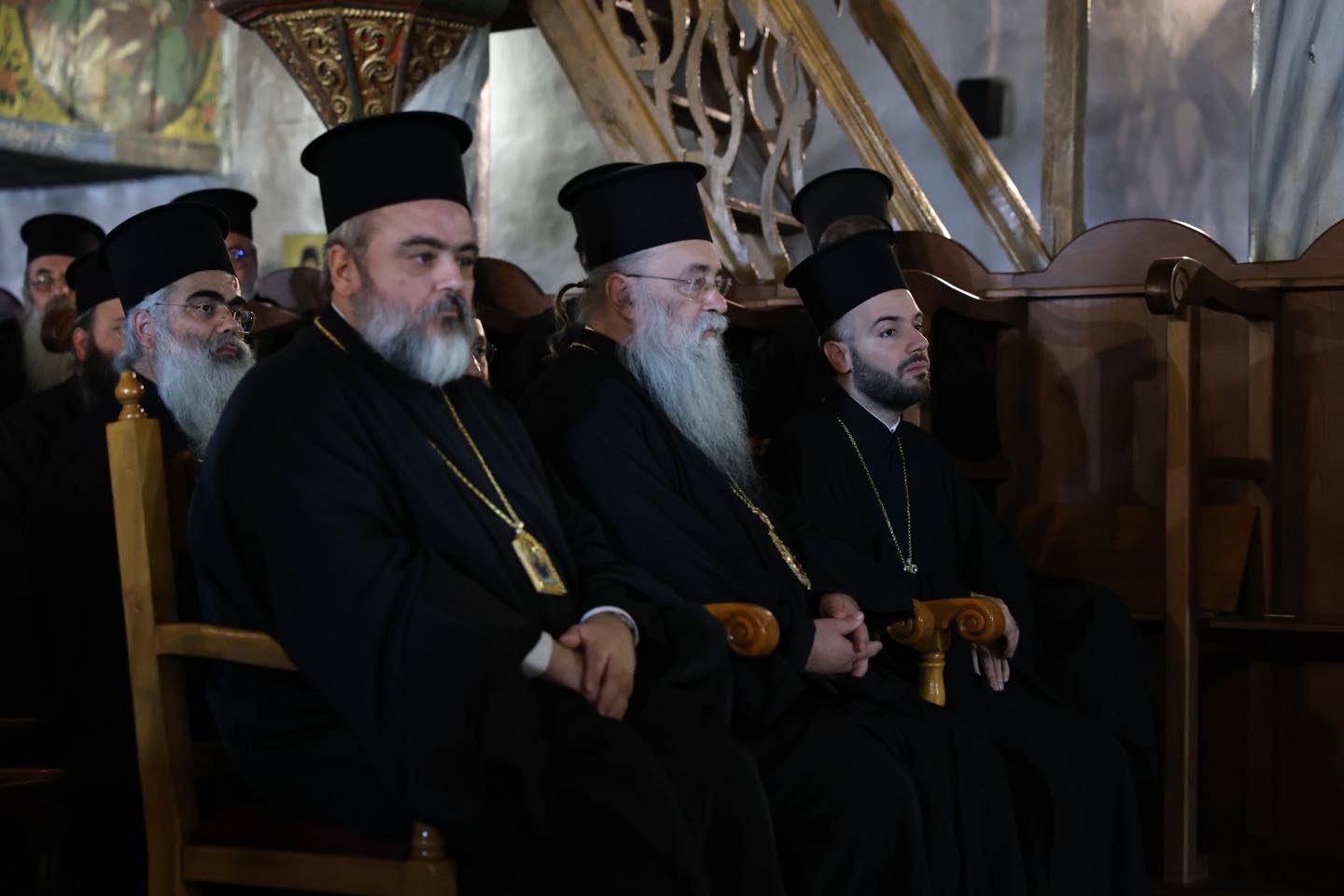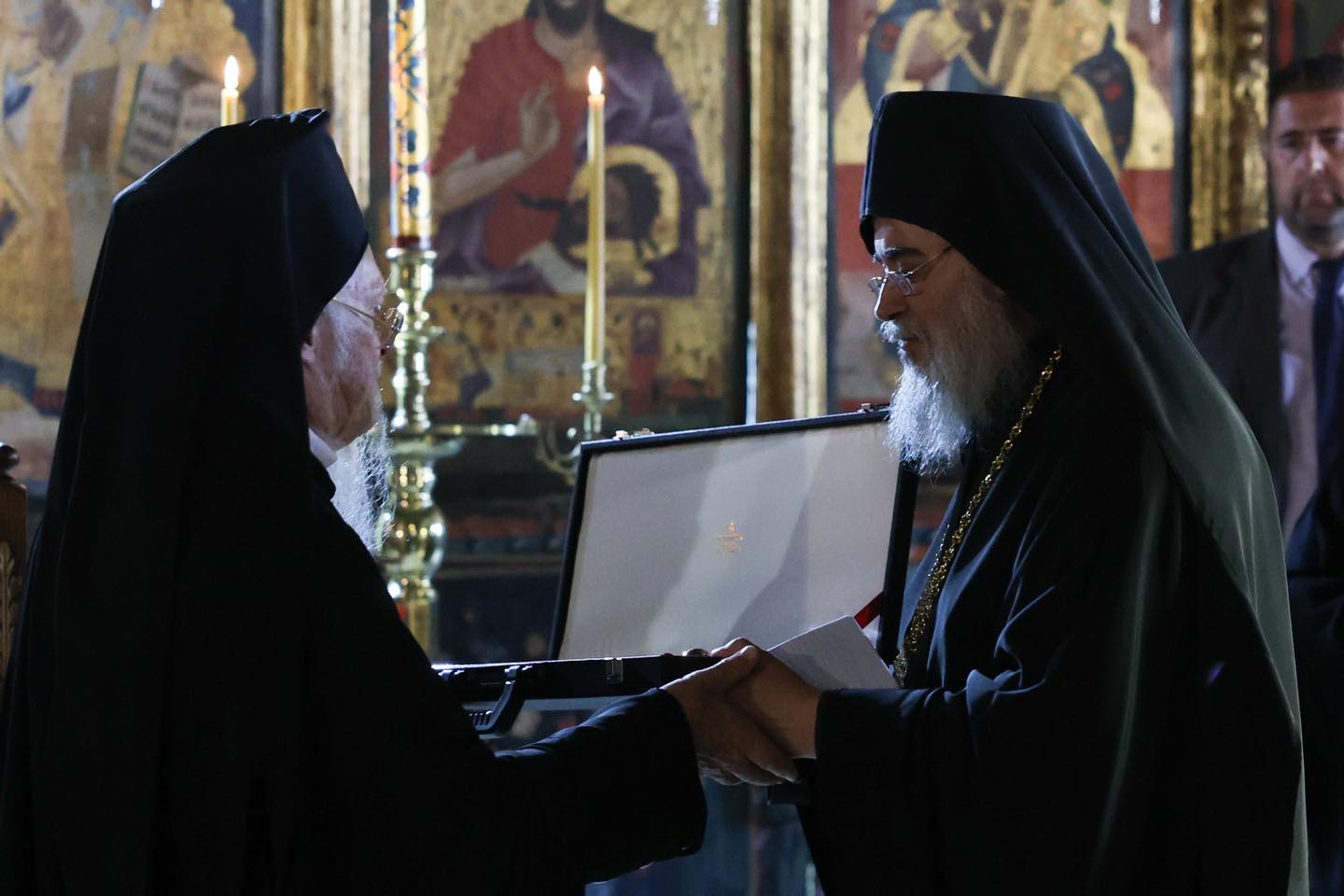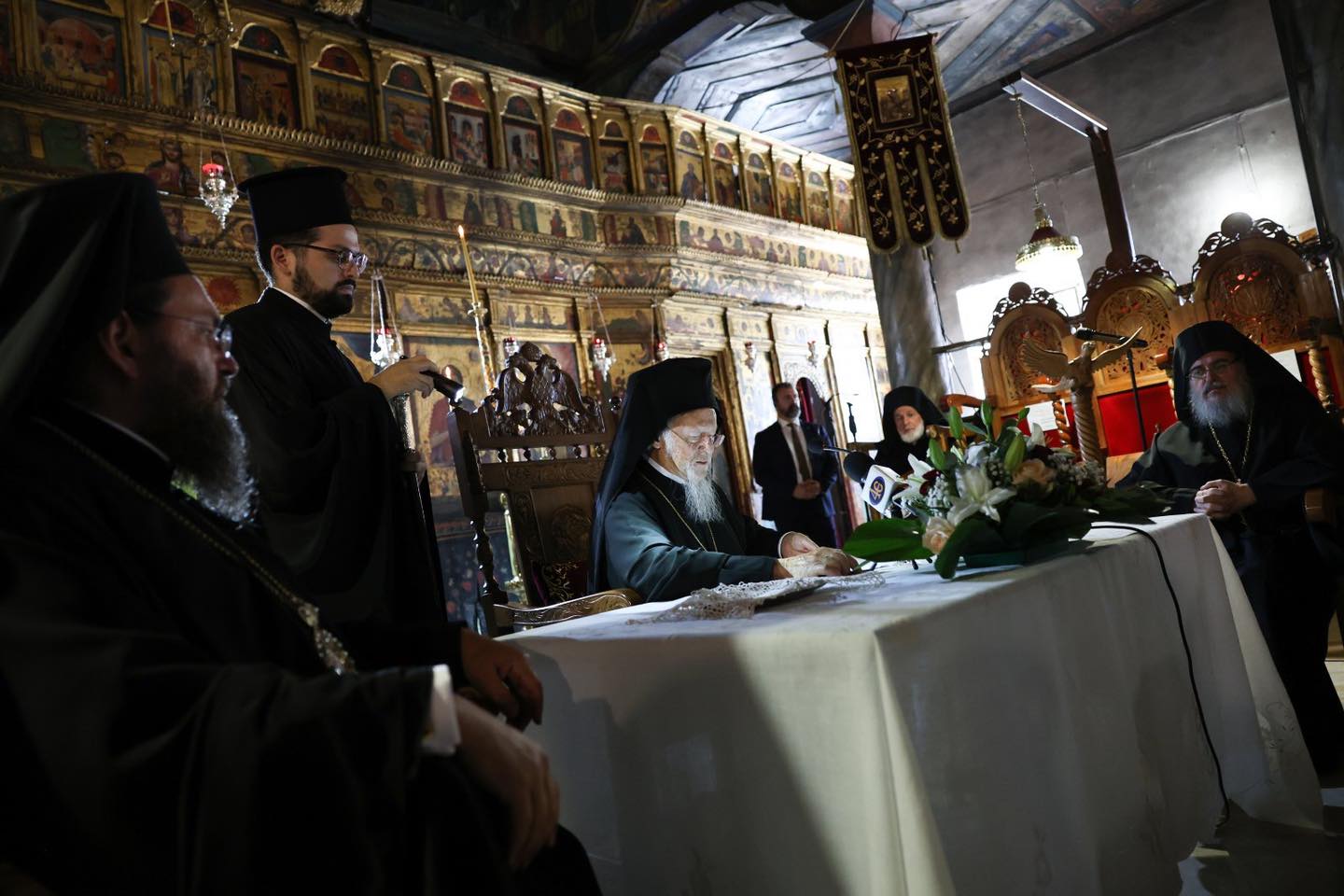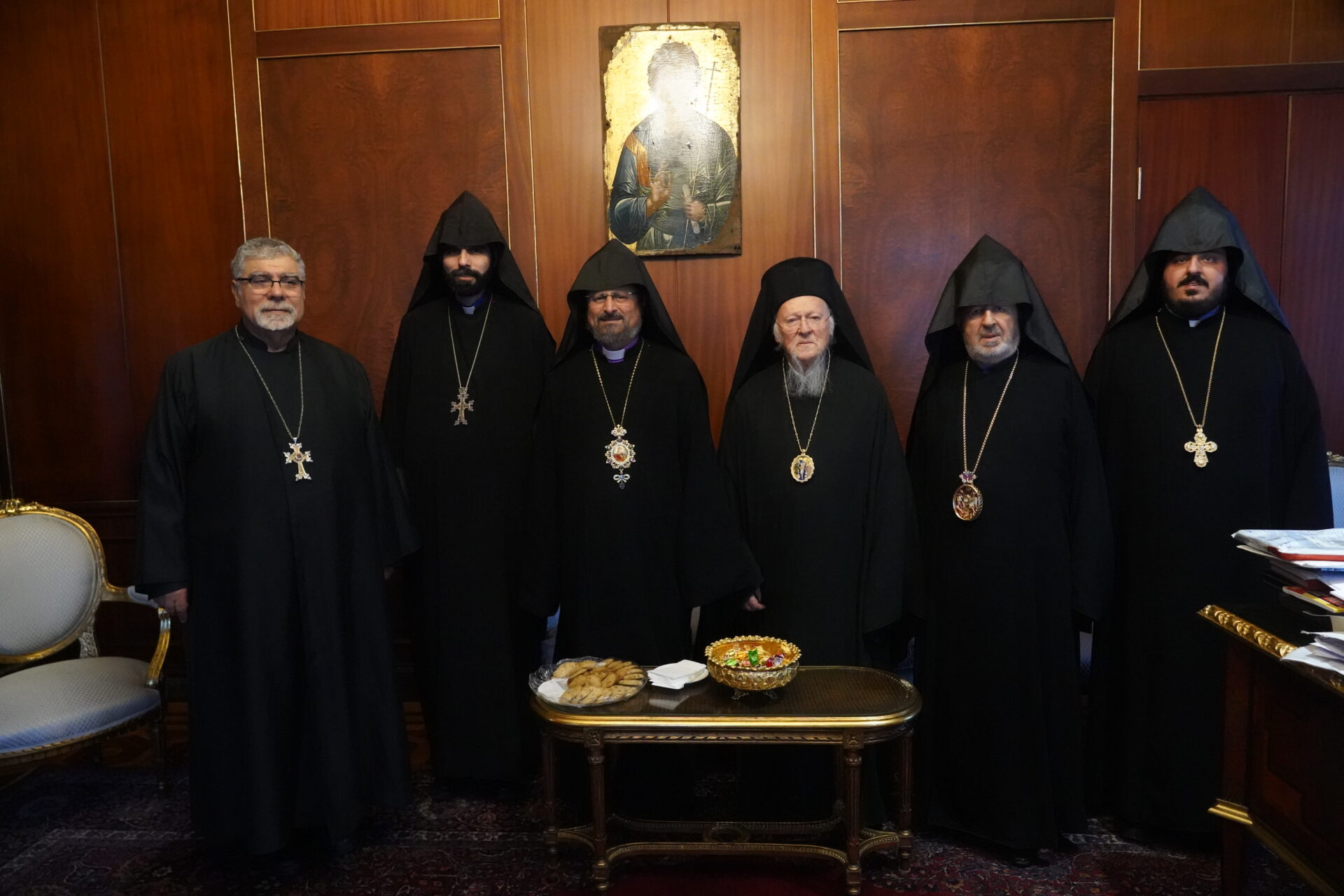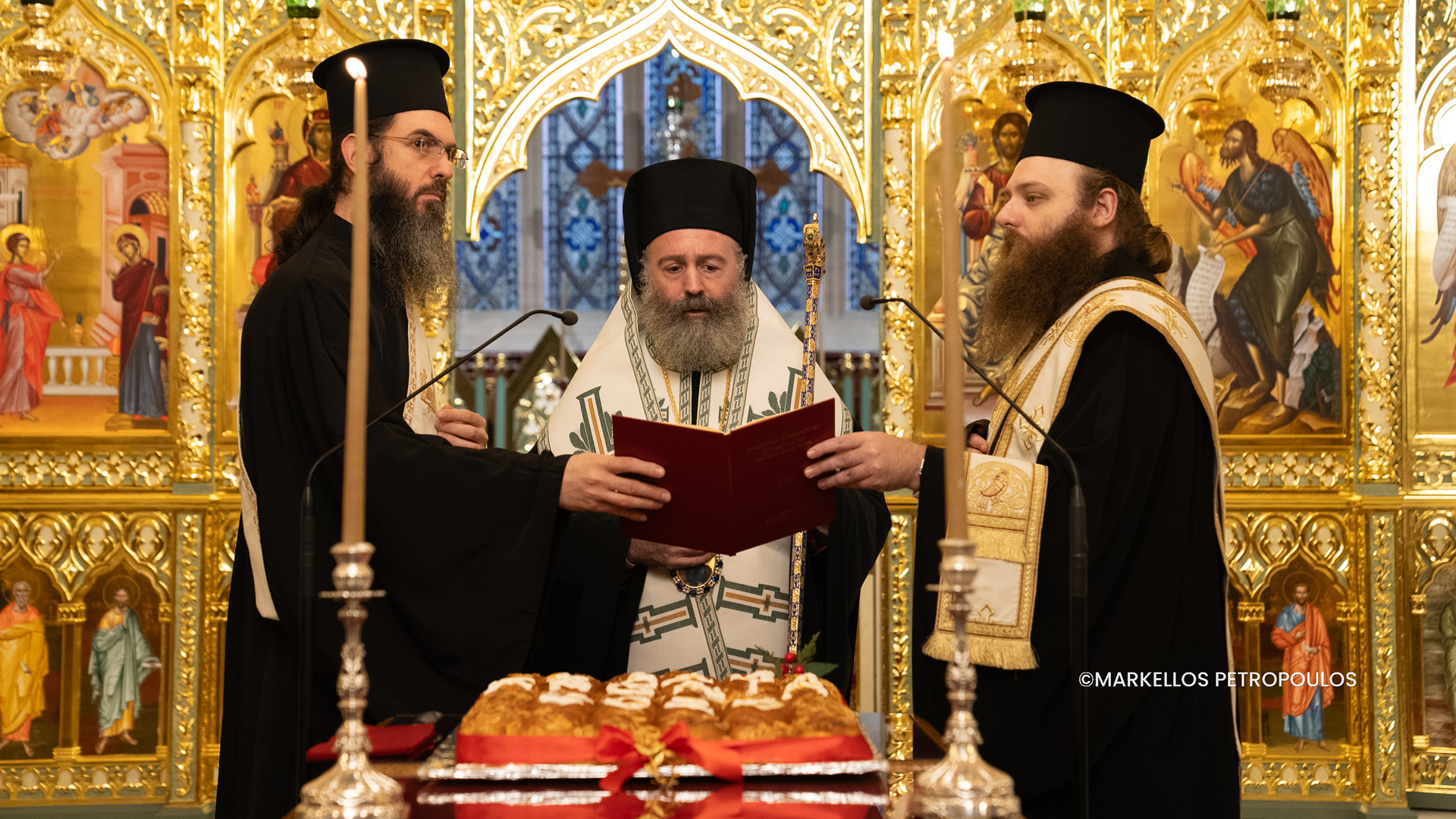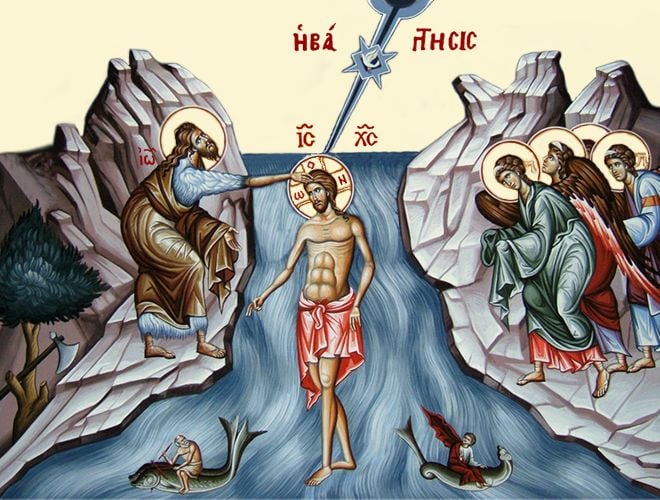Ecumenical Patriarch Bartholomew: “Even the ungrateful Church of Russia originated from the Ecumenical Patriarchate”
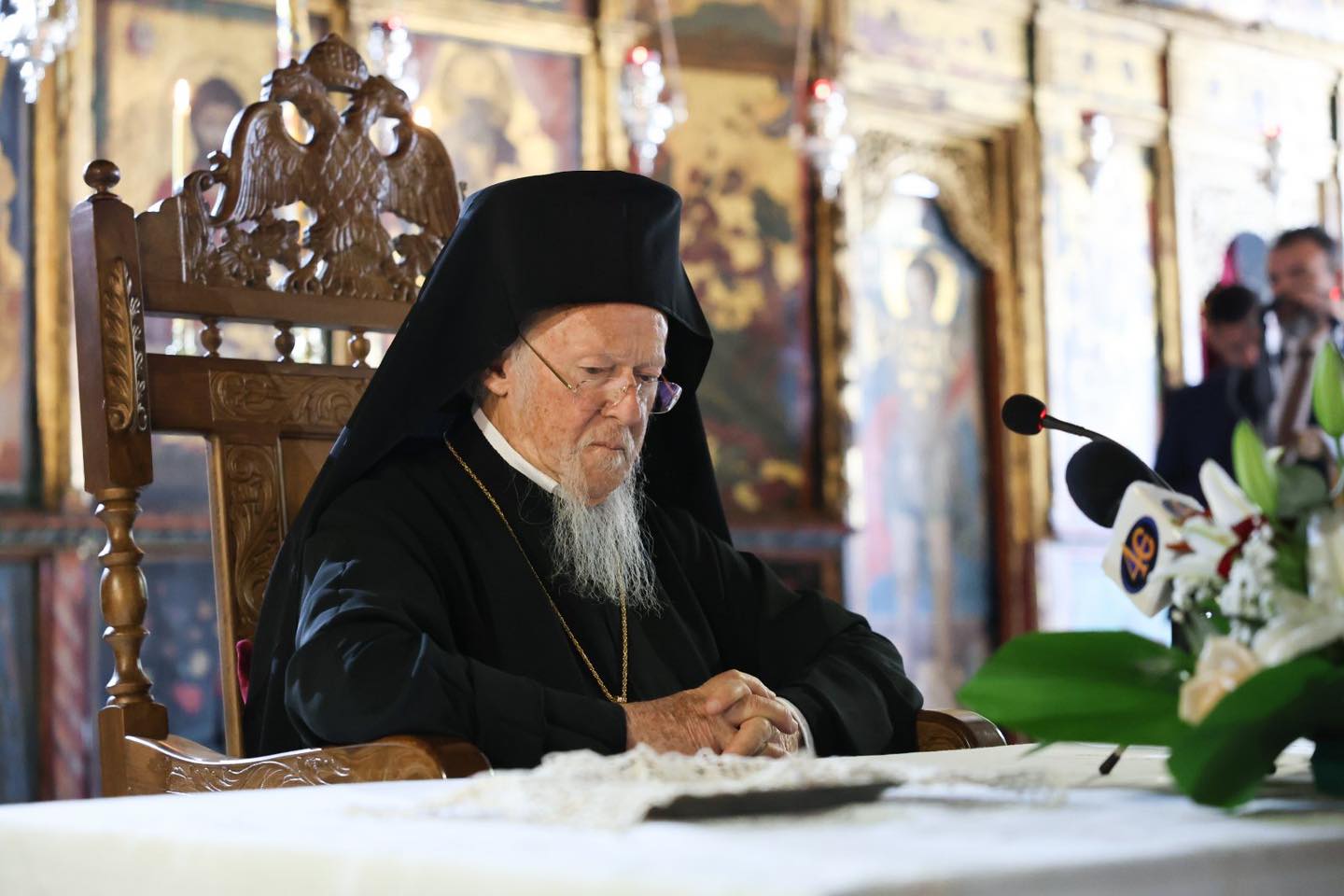

“The concern of the Ecumenical Patriarchate is the unity and constructive cooperation among Orthodox churches. Together, we form the One Holy Catholic and Apostolic Church, and we must speak with one voice and give a unified testimony to the world,” declared His All-Holiness Ecumenical Patriarch Bartholomew during a hierarchical meeting at the Holy Monastery of Saint George in Kilkis, Greece.
Patriarch Bartholomew emphasised the Ecumenical Patriarchate’s enduring efforts to achieve this unity, citing the most recent example—the organisation of the Holy and Great Council of the Orthodox Church in Crete in 2016. He expressed disappointment towards the Church of Russia and other Orthodox churches that once originated from the Ecumenical Patriarchate but have since “turned against their benefactor.” He predicted that those Orthodox churches yet to recognise the autocephaly of the Orthodox Church of Ukraine will eventually do so in the future.
“We, in the Ecumenical Patriarchate, love all our brother hierarchs. We are grateful for their frequent visits, which demonstrate their love and devotion to the Patriarchate—whether under our jurisdiction, the Church of Greece, or other autocephalous churches,” said Patriarch Bartholomew.
He further noted, “Everyone looks to the Ecumenical Patriarchate as a point of reference, the centre of Orthodoxy, the loving Mother Church. Excluding the ancient Patriarchates of Alexandria, Antioch, and Jerusalem, as well as the Church of Cyprus, all newer churches—including the ungrateful Church of Russia—have their roots in the Ecumenical Patriarchate. These churches were once part of our jurisdiction before they became autocephalous, some of which, unfortunately, have turned against their benefactor.”
Ecumenical Patriarch Bartholomew recalled his efforts from the beginning of his term to encourage meetings between Orthodox primates, culminating in several preparatory sessions for the Synod. He revealed that, in January 2016, he proposed holding the Holy and Great Council of the Orthodox Church in Constantinople at the Church of Saint Irene—where the Second Ecumenical Council took place in 381 AD—though this was rejected by the Russians, allegedly due to the presence of the crescent on the dome. He commented, “As if in Russia, they do not have the symbol of the hammer and sickle of atheist communism; yet, the crescent bothered them. Let me note that the Church of Saint Irene was never converted into a mosque, but remained a museum and, today, serves as a concert hall due to its excellent acoustics.”
He also recalled a significant moment at the Patriarchal Cathedral in the Phanar when Patriarch Ignatius of Antioch rose to affirm the primacy of Constantinople in response to a challenge from Russian representatives.
Reflecting on the eve of the Holy and Great Council in Crete, Patriarch Bartholomew noted the reluctance of the Russian, Bulgarian, and Georgian churches, as well as the Patriarchate of Antioch, to attend, citing various excuses. He disclosed that Patriarch Kirill of Moscow visited the Phanar in 2018 to dissuade the Patriarchate from proceeding with the autocephaly of the Ukrainian Church, but his efforts failed.
Bartholomew remarked, “They [the Russians] believed their absence from the Council of Crete was the reason the Phanar would declare Ukrainian autocephaly. Yet, they achieved nothing, and soon after, the Ecumenical Patriarchate granted autocephaly to the Ukrainian Church, recognising the right of our 40-45 million Ukrainian brothers and sisters to have an independent church, free from Moscow’s control. A little later, in February 2022, Moscow began bombing and killing them, proving it was not their mother church, but their enemy.”
Ecumenical Patriarch Bartholomew predicted that in time, other Orthodox churches that have yet to recognise Ukrainian autocephaly will follow suit, much like the historical pattern with other autocephalous churches. He cited the example of the Church of Greece, which declared its autocephaly in 1833, resulting in a 17-year rift with the Ecumenical Patriarchate before they latter officially recognized it in 1850, following repeated requests from the Greek government.
The Ecumenical Patriarch also announced his upcoming visit to inaugurate the revived Metropolis of Smyrna, which had been inactive for nearly a century, thanks to the efforts of the local Metropolitan. He highlighted the transformation of the church’s presence in the region, including the acquisition of a larger church for the Orthodox community in Smyrna.
Source: ANA-MPA, Fanis Grigoriadis, orthodoxtimes.com
